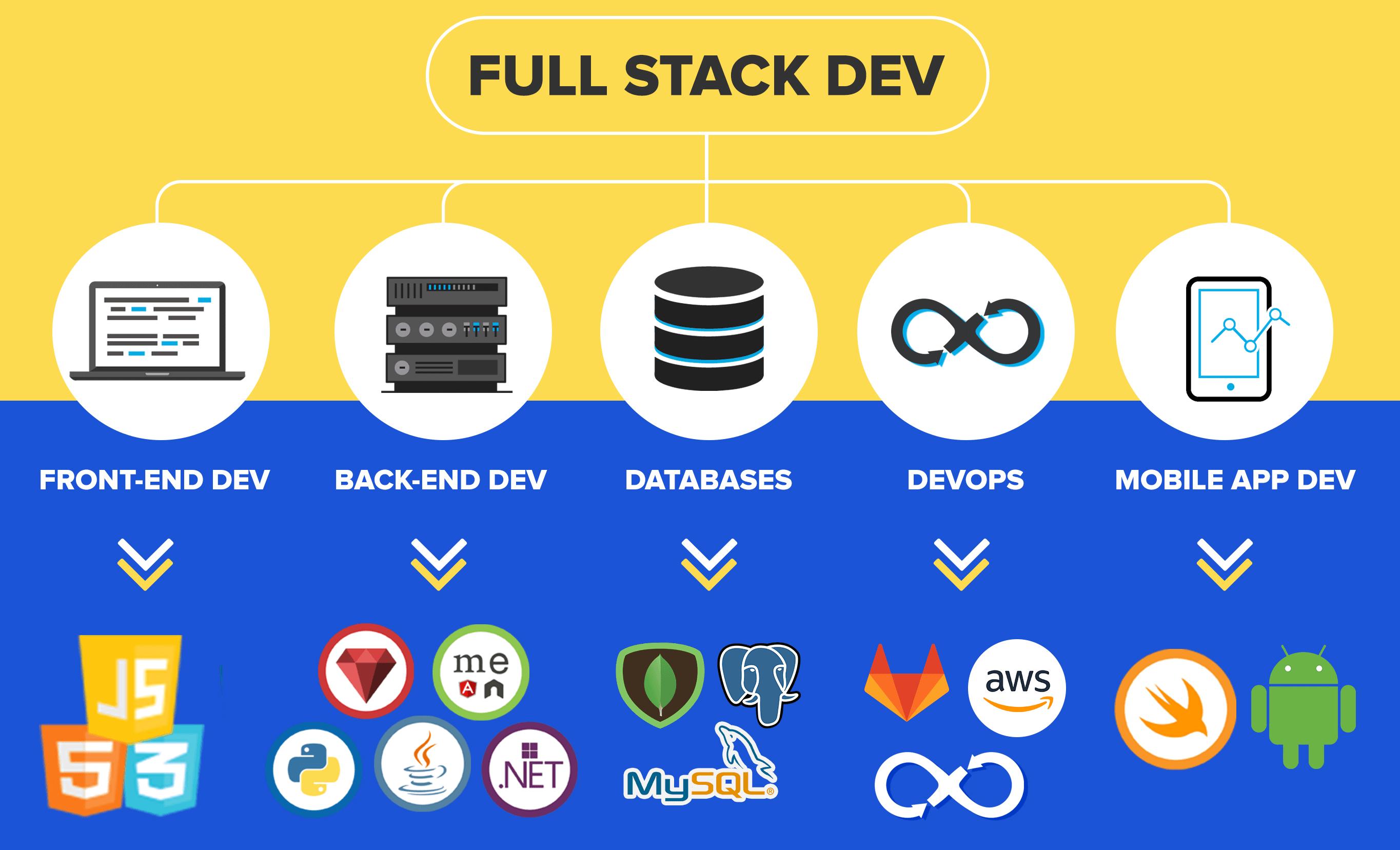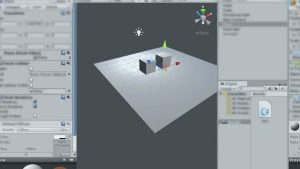
The world of web development has evolved rapidly in recent years, with new technologies and frameworks emerging almost daily. Amongst these advancements, one concept has gained immense popularity – full-stack development.
Understanding Full-Stack Development
In simple terms, full-stack development refers to the ability to work with both the front-end and back-end of a website or application. It involves a broad range of skills and expertise, from designing user interfaces to implementing complex server-side logic.
Traditionally, web development was divided into two distinct roles – front-end developers focused on creating the user interface and user experience, while back-end developers focused on the server-side code and database management. Full-stack developers, on the other hand, possess knowledge and proficiency in both areas.
The Perks of Full-Stack Development
Full-stack developers are like the “jacks of all trades” in the web development realm. Their proficiency in both front-end and back-end development offers several benefits:
1. Efficiency and Flexibility
Working across different areas of web development allows full-stack developers to be highly efficient. They can independently handle tasks, reducing dependencies and bottlenecks. The flexibility to work on the entire project also enables them to make informed decisions from end to end.
2. Seamless Collaboration
Full-stack developers are excellent collaborators, as they can bridge the gap between various teams. They can effortlessly communicate with front-end designers, back-end developers, and other stakeholders involved in the project, ensuring smooth coordination and a cohesive final product.
3. Cost-Effectiveness
For smaller businesses or startups, hiring separate front-end and back-end developers can be costly. Full-stack developers offer a cost-effective solution by taking on the workload of both roles, reducing the need to assemble a larger team.
Essential Technologies for Full-Stack Development
As a full-stack developer, you need to be well-versed in an array of technologies. Here are a few key ones:
1. HTML, CSS, and JavaScript
These are the fundamental building blocks of web development. HTML provides the structure, CSS handles the visual aspects, and JavaScript adds interactivity and dynamic behavior to web pages.
2. Front-End Frameworks and Libraries
Front-end frameworks like React, Angular, or Vue.js enable developers to build user interfaces rapidly. Additionally, libraries like Bootstrap assist in creating responsive designs and UI components.
3. Back-End Technologies
For server-side development, full-stack developers often work with languages like Python, Ruby, or JavaScript (Node.js). Frameworks like Django, Ruby on Rails, or Express.js provide a solid foundation for building robust web applications.
4. Databases and Query Languages
Understanding databases is essential for full-stack developers. Popular options include PostgreSQL, MySQL, or MongoDB. Additionally, expertise in query languages like SQL is valuable for managing databases effectively.
Advancing Your Full-Stack Skills
Full-stack development is a continuously evolving field. Staying up to date with the latest technologies and practices is crucial for success. Here are a few ways to advance your full-stack skills:
1. Continuous Learning
Subscribe to technical blogs, attend web development forums, and join online communities to stay informed about new tools, frameworks, and techniques. Regularly challenging yourself to learn and improve will keep you at the forefront of full-stack development.
2. Build Personal Projects
Developing personal projects will provide hands-on experience and allow you to experiment with new technologies. By building real-world applications, you’ll gain valuable insights and learn from challenges and successes.
3. Collaborative Development
Work with other developers on shared projects or contribute to open-source projects. Collaborative development not only enhances your skills, but it also exposes you to diverse perspectives and best practices.
The Future of Full-Stack Development
As technology continues to advance, full-stack development is becoming increasingly significant. The demand for skilled full-stack developers is high, with companies seeking professionals who can work across all aspects of web development.
Looking ahead, we can expect full-stack development to evolve further, incorporating emerging technologies like artificial intelligence, blockchain, and progressive web applications. Flexibility and versatility will remain critical for developers to adapt to evolving trends and deliver innovative solutions.
Overall, full-stack development empowers web developers by offering a holistic skill set. By mastering both the front-end and back-end, developers can create dynamic web applications that deliver seamless user experiences while leveraging the latest technologies. Whether you’re just starting or looking to enhance your existing skills, full-stack development is a promising path that opens up a world of possibilities.

